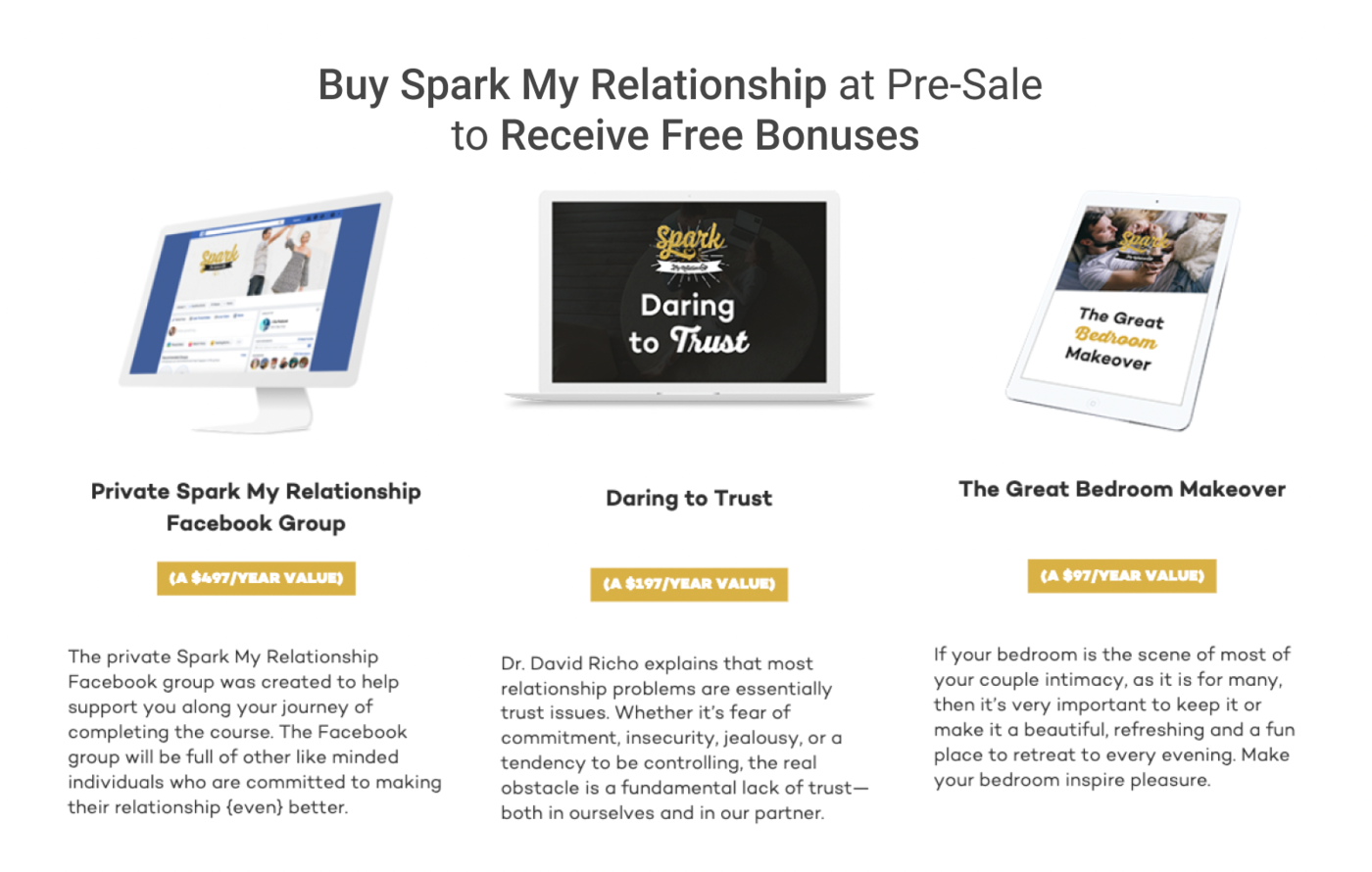Online education was popular before the pandemic started: a lot of people who could not afford studies abroad and did not have decent education at home were going to online colleges. However, online courses and degrees really took off after 2020 — the number of students enrolled exclusively online grew by 367%.
Since then, online courses have become a common stable source of income for many — colleges, language learning, marketing schools, bloggers, influencers, etc. However, not many people know that you can get income way before you fully launch the course. It is called pre-selling and it has numerous other benefits.
In this post, we’ll dive deep into the definition of pre-selling, why everyone should go for it, and how to pre-sell a course in the most successful way.
What is an online course pre-selling?
Online course pre-selling is about selling your course before it is fully out — you can have just half of the content ready. You should announce what the course is about, when it starts, how much it will cost, and a registration deadline. Usually, a pre-sale has a discount, so more users want to participate.
Learn how to create and launch your online course in 2022, so it brings value to the participants and can be well-monetized.
In such a way, you can form a line and get participants a chance to be the first to access the knowledge. Pre-selling also helps you build up excitement among the learners.
Why should you pre-sell an online course?
Many educators are contemplating how to sell a course online, but very few of them consider a pre-sale. And they are missing out.
Pre-selling is a win-win situation for creators and learners. We have mentioned why learners like it, so it is time to get a closer look at why educators choose to sell their online courses before the launch.
Understand the demand
We may think that we have come up with the greatest idea for an online course and everyone in the world needs to buy this. However, it may not reflect the real state of things, and learners may not find the topic as intriguing and essential as you believe it to be. As a result, you may spend weeks creating the content but end up just losing your investment of time and money.
Pre-selling helps you eliminate this scenario in the following ways:
- you can see the response of your course participants who got a sneak peek into some of the materials and build your estimations on that;
- you can test whether or not the chosen platform for your online course successfully serves the needs of learners;
- you can run split-tests to understand which design, structure, and marketing materials perform better, so you utilize only the best-performing versions during the official launch.
Yet, take these numbers with a pinch of salt — fewer people want to buy a pre-sale than those who get interested after the whole course is out.
Get resources for better implementation
If you are just starting out, you may lack the equipment — lights, camera, software. Not everyone has enough money to invest in high-quality equipment straight away, which usually worsens the end quality of an online course.
Pre-selling comes in handy here as well: you can get extra money to cover all the expenses. You can take Kickstarter as an example — many people there find resources for their exciting projects and accomplish great things.
Moreover, if you are looking for an effective and cost-efficient way to create an online course, consider using a builder for online courses. Such platforms allow you to easily monetize your knowledge, focus on teaching instead of the technical side, and have all course-related materials managed in one place.
Keep your motivation high
Many great things could have happened if only we had the motivation to finish them. You will get a burst of inspiration as soon as you find your perfect online course idea, but it is possible that you may get tired somewhere in the middle. Launching a pre-sale is a great way to get yourself back to work: you will get inspiring feedback from eager learners and have a certain deadline. When you sell a course to the learners, you can not really go back and give up on the idea.
Six tips on how to pre-sell your online course successfully
There is a difference between how to sell your online course and how to pre-sell a course successfully. Pre-selling has its intricate rules and exceptions, so let’s take a look at six tips that will help you finish and launch your online course.
Pre-selling tip #1 Find your selling point
There are numerous courses right now, so you have to find something that makes you unique and emphasizes the importance of what you teach. Here are some of the examples of the unique selling points:
- personality of a teacher: leverage your large social following and establish expertise on social media;
- accessibility of a course: emphasize the fact that the course is well-designed and accessible on any device;
- flexibility of the learning process: break the material into small blocks that can be accessed at any time so students can go through them at their own pace;
- gamified learning processes: follow the best teaching practices and include interactive elements to make the learning process fun and more effective;
- access to a unique community: create communities of people who are engaged in your course, so they can support each other along the way and get in touch with the mentors at any time;
- price-worthy investment: justify the cost of your course by showing how students will be able to increase their earnings after the course completion and by posting testimonials of previous students.
If you are not sure what to highlight while selling online courses, you can conduct a survey for future learners. Ask them what they are looking for in a course and what makes it exciting, what bad or good experiences they had before, and why they were positive or negative. You should also look at your competitors to see why your work is unique.
Learn how to conduct a profound competitor analysis and which tools can help you evaluate their social media and content marketing promotion strategies.
Pre-selling tip #2 Add value to your pre-sale
So why do people buy things that they will not get instantly? Because of the added value. When it comes to online courses, you can give early birds a discount and earlier access to the course — this is a standard. However, you may explore even more possibilities that can get people hyped up.
Things that can encourage people to buy your course at the pre-sale:
- membership at an exclusive student club where they can create a community and share notes or meet with you for additional Q&A sessions;
- a checklist or white paper that can help them move through the course and apply their new knowledge quicker;
- additional live workshop;
- free merch.
Those are just some ideas; you are free to come up with whatever crazy idea you have.
Creators of the online course SparkMyRelationship offer three freebies to those who purchase the program during pre-sale. They also specify the monetary value of each bonus, which makes website visitors more willing to benefit from the offer.
 Free perks offered to those who buy the course during its pre-sale
Free perks offered to those who buy the course during its pre-sale
Pre-selling tip #3 Create a pre-sale course page
You have to be sure that your future learners can get full information so that they can trust you and have as few questions as possible. While designing a landing page for pre-selling your online course, make sure to specify the following information there:
- start date of your course;
- the subject and short course overview;
- a unique selling point;
- teaching format and methods;
- screenshots of the course’s material;
- some information about you and why you are teaching this subject specifically;
- the price of the course on pre-sale and its full price;
- an overview of benefits that early birds will get;
- reviews from previous learners if you have them;
- countdown until the end of the pre-sale.
Make sure that your pre-sale course landing page has all of this information; plus, you can layer it with more details if you want. It will create a feeling of trust.
Pre-selling tip #4 Share your course-related content on social media
Heat up learners’ interest in the subject a week or more to the course pre-sale launch. If you promote your course on social media, make sure to publish some intriguing facts or explain why exactly your target audience needs this knowledge — address the problem they may have if they do not possess this knowledge. You are also welcome to go back to your experience that confirms how the knowledge helped you or the people you worked with.
However, it does not mean that you should publish the whole course as small individual posts. It should be more like a sneak peek which makes people aware and excited.
This relationship coach constantly posts valuable information on her topic on her Instagram to provide value to her subscribers and make them more interested in purchasing her paid programs.
 Publishing a course-related program on social media
Publishing a course-related program on social media
Pre-selling tip #5 Prepare an email marketing campaign
Email marketing is still a great strategy for pre-selling an online course. First of all, you need to collect email addresses of people interested in your course by using your landing page. Then, you need to send them a series of emails to increase their interest in the course even further.
Here are some emails you can create:
- lead generation email with your course details;
- first reminder email;
- second reminder email with a special offer;
- last chance email leveraging FOMO.
All of them should be ready before you do the launch. If you are communicating through social media, you should write copies of a typical conversation if you do not want to retype the same message repeatedly.
Pre-selling tip #6 Create a feeling of urgency
FOMO (fear of missing out) is a great friend of marketers, and pre-sales thrive on it. You can add two basic countdowns to create a feeling of urgency: a timer and a number of available places. You can also add a “How many people are looking at this course right now?” line as well.
The number of available places is especially important since it does not hurry people up but shows that the course is actually in demand.
Christina Tosi specifies when the enrollment will end on her Creative Baking course’s landing page to create a feeling of urgency and motivate people to enroll as soon as possible.
 Leveraging FOMO on a pre-sale course landing page
Leveraging FOMO on a pre-sale course landing page
Final thoughts about pre-selling online courses
Pre-selling is a great opportunity to find additional funding to boost your course quality and obtain some extra motivation to actually finish the course. It is not that difficult to organize, but you need to make sure that you have prepared a content plan, all the information, and messages at least a week in advance.
Luckily, technology is here to make your life much easier. With SendPulse, you can automate email campaigns, create attractive landing pages about your future courses, and manage customer relationships through our CRM platform. Focus on the course, and let the technology automate your routine technical processes.